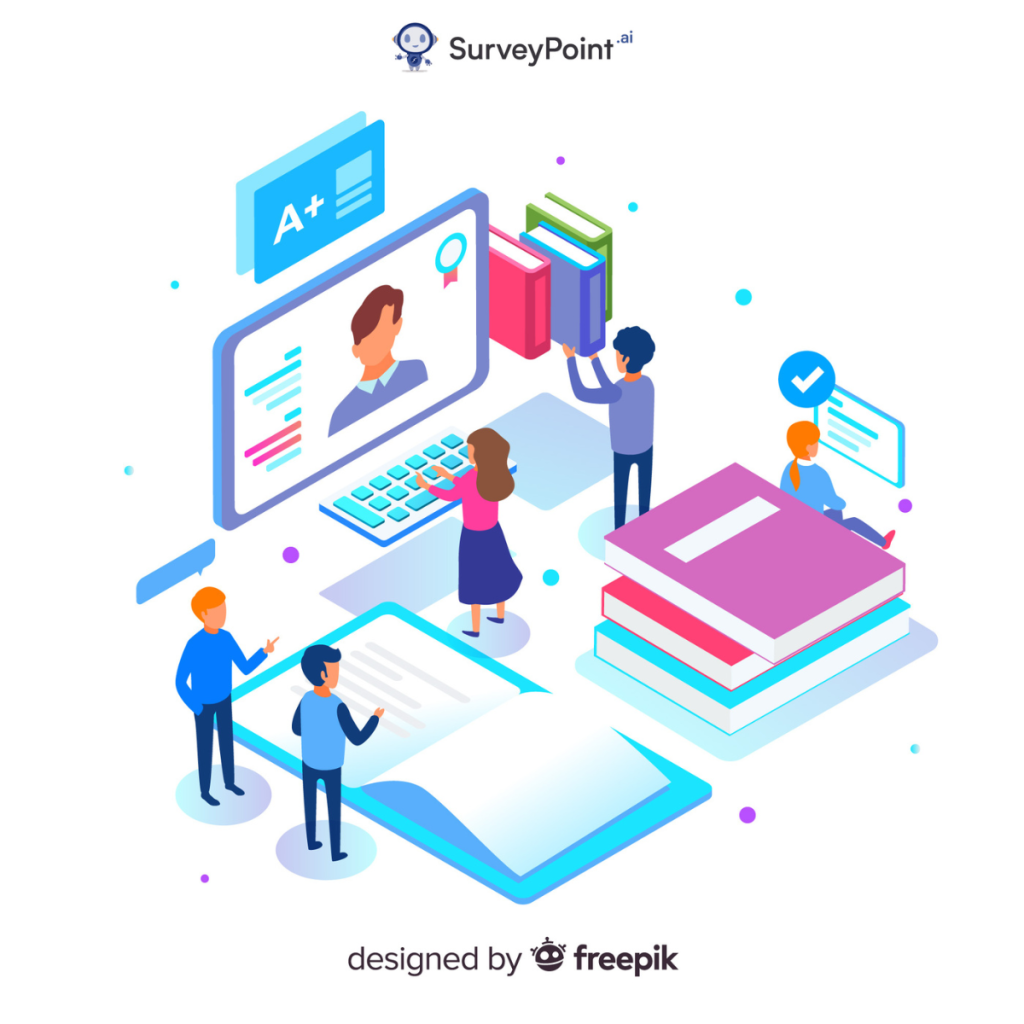Schools and colleges are the primary providers of information and education for pupils. They must maintain a good database of their pupils to keep all of the most up-to-date records and to make it as simple as possible to exchange information with students.
The “Student Information System (SIS),” a cutting-edge piece of software, is used by most schools and universities to handle all administrative activities, such as keeping track of attendance, exams, and other tasks.

What is the Student Management System ?
A student management system, often known as a student information system (SIS) or a student administration system, is software designed to simplify and automate various administrative activities and processes involving student data and academic operations. It serves as a central center for handling student information, academic records, enrollment, attendance, grades, and other critical aspects of student management in schools.
Features of Student Management system
The following are essential features and advantages of a student management system:
Student Records Management
A student management system allows schools to store and maintain information about their students, such as their names, addresses, dates of enrolment, grades, and more. It has a centralized library where students may easily find and use information.
Admissions and Enrollment Management
The method simplifies admissions and enrollment management. It simplifies submitting applications, checking papers, paying fees, and confirming enrollment. The procedure has been simplified, resulting in less paperwork and more work being completed.
Timetable and Attendance Management
A student management system assists in tracking and managing students’ attendance. This makes it simple to examine attendance trends and identify anything out of the norm. It also aids in planning classes, assessments, and other events, allowing for the most efficient use of time and resources.
Academic Performance and Grading
The approach allows you to keep track of your student’s grades, assignments, tests, and other academic performance markers. It simplifies grading, calculates GPA, and generates reports for students and their parents/guardians.
Communication and collaboration
Student management systems frequently include features like messaging and announcements that allow managers, teachers, students, and parents/guardians to communicate with one another. It promotes effective teamwork and keeps everyone informed.
Reporting and analytics
The system includes robust reporting and analytics capabilities that enable administrators and teachers to generate thorough reports on student performance, attendance, and overall institution performance measures. With this data-driven understanding, it’s easier to make wise decisions and identify areas for improvement.
Scalability and integration
Student management systems can be expanded and integrated with other educational software and devices, such as learning management systems (LMS), accounting software, and library systems. This interface makes it easier to complete tasks and distribute information without difficulty. Furthermore, the system must be able to expand to meet the changing needs of educational institutions.
By implementing a student management system, schools can increase their administrative efficiency, data clarity, process simplification, communication, and collaboration ability. Finally, it aids in making students happier, getting more done, and running school procedures more efficiently.
Operations of Student Management System
SMS is the primary database for all school operations. It maintains accurate records dating back many years, handles several operation modules, keeps track of critical duties, and manages administrative tasks such as:
1. Admission
The Student Management System software was designed to assist with all aspects of the admissions process, from the initial contact to course registration.
2. Payment and billing
Payments can also be tracked and controlled using the Student Management System. Unlike invoices, credit notes, reimbursements, and so on, SMS saves all relevant information about parents, employees, suppliers, and contractors.
3. ReportinG
The reporting function allows schools to track how their pupils behave and analyze the data to determine where they can improve.
4. Maintain a record of school fees
One of the most essential features of this web program is the ability to track fees.
Throughout the year, the school’s business and management office may keep track of due dates, issue late fines, create invoices, and receive a payment report automatically.
Conclusion
Using a student management system improves the efficiency of administration, increases data accuracy, improves teamwork and communication, encourages student and parent participation, and makes tracking and analyzing student performance easier. It promotes a structured learning setting that helps students do well and helps schools grow.

